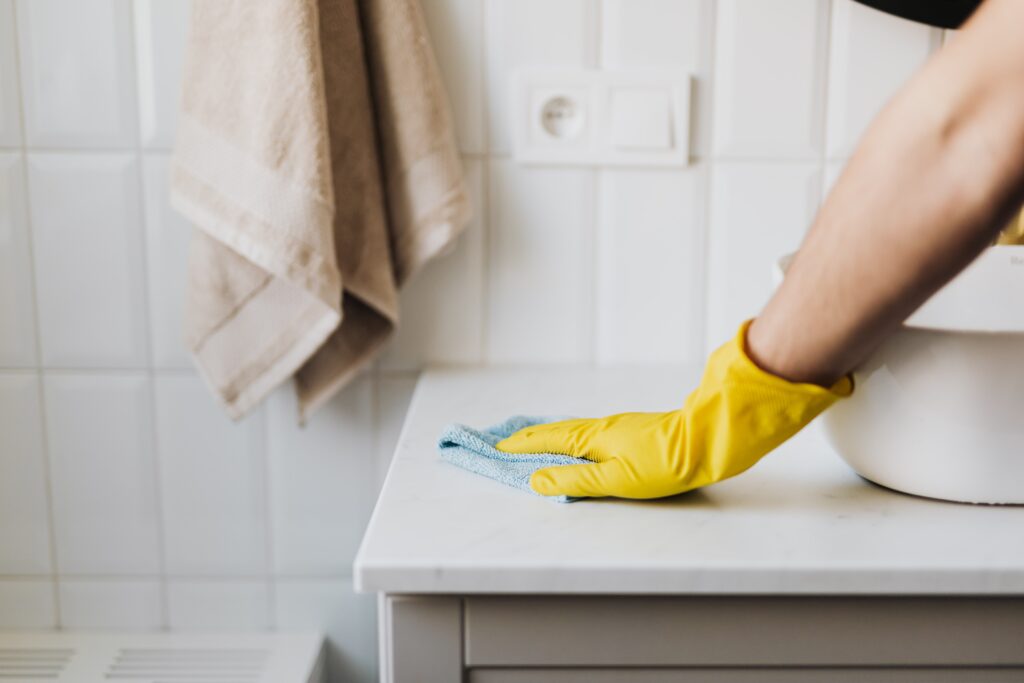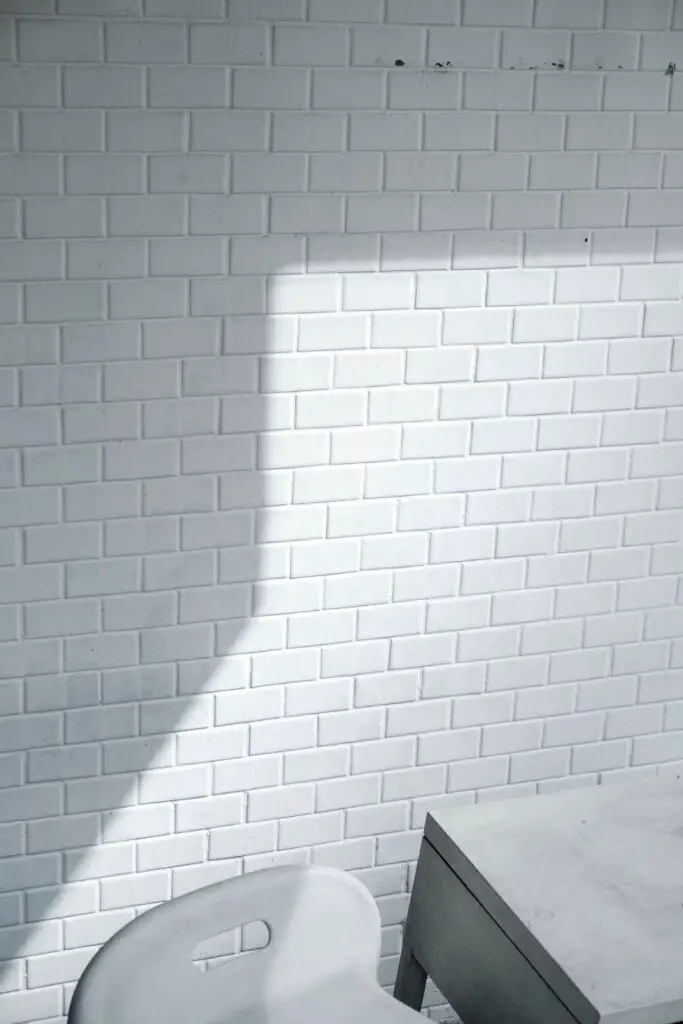
Why You Guaranteed Mustn’t Seal Your Own Tile Grout
Ever ponder why your tile grout gradually gets black or brown? Alternatively, why does your grout start to fall off when your tile starts to loosen over time? Well, nobody ever taught us how to properly maintain the grout between our tiles. We all agreed that it was fairly simple and didn’t require any explanations. You only need to sweep and mop, then you’re done, right?
We were entirely in the wrong. The right grout sealing is the first step in caring for tile grout effectively. We’re about to give you some advise that could save your life! The reasons why you shouldn’t seal your own tile grout are also clarified.
What is Tile Grout Sealant?
Above all, tile grout sealing will save your tile grout and guarantee durable, lovely grout. If applied properly, grout sealer is essential for the durability of your tile and grout. Making ensuring the procedure is followed correctly and the appropriate materials are being used is crucial.
Grout sealant helps keep your tiles cleaner for a longer period of time and protects against wear and natural deterioration. Unglazed tiles and grout are often shielded by sealants from absorbing stains, mildew, bacteria, and more!
The tile and grout sealer should last about a year with good (and expert) application. 2 years on the tile in the less-used portions of your home.
Choosing The Wrong Tile Grout Sealant
For two reasons—inadequate application and the use of the wrong sealant—do-it-yourself tile grout sealing can go horribly wrong. Tile grout sealants are not all made to the same level of protection. Knowing which sealant to use and for what in specific situations is crucial.
Penetrating Sealers
The grout is penetrated with penetrating grout sealers. In contrast, membrane-forming sealers generate a layer on the grout’s surface that prevents water from penetrating. Both are in ideal circumstances.
In general, penetrating grout sealers work better in wet situations like showers, steam rooms, and bathrooms. Instead of coating the top, this kind of grout sealer fills the holes in the grout. This sort of grout is therefore ideal for settings where exposure to water and mildew over an extended period of time is likely.
Membrane-Forming Sealers
Membrane-forming sealers, as we mentioned above, generate a covering on the grout’s surface that prevents water from penetrating. If this kind of sealant is applied in a moist area, it can both retain moisture underneath the tile and create a barrier on top of the tile. Therefore, rather than using this type of sealant in damp locations like bathrooms and showers, it is recommended to use it in dry regions around the house.
Not All Grout Should Be Sealed
It is crucial to keep in mind that not all tile grout needs to be sealed, which is another another reason to entrust the job to experts and professionals.
Only cement-based tile grout should be sealed with grout sealant. Epoxy and urethane are examples of synthetic grouts that don’t require sealing because doing so could endanger the integrity of your priceless tile grout.
Additionally, if your grout has been colored again or sealed with a synthetic-based grout colorant, we advise against sealing it (such as epoxy, as mentioned above). Grout colorants already have a topical layer of sealant on them, so you won’t need to reapply sealant to this for a while.
Improper Application
Tile grout is often cement-based and porous, as we mentioned above. As a result, it is prone to deep-seated stains, degradation, and water damage, which can result in the growth of mold and mildew between and beneath the tiles.
Grout sealing must be done correctly. Make sure the sealer is applied uniformly across the entire tile grout surface. By hand, this can be a time-consuming and laborious job, especially for someone who has never done the chore before. Additionally, make sure you thoroughly clean the tile before applying the sealant to make sure that there won’t be any dirt, filth, or residue left behind.
Which leads to our following observation:

Deep Cleaning Tile Grout Before Sealing
You should make sure that the tile and grout have been properly deep cleaned before beginning any tile grout sealing projects. As we mentioned above, sealing tile grout that has not been thoroughly cleaned before sealing will result in any lingering filth and grime being permanently trapped beneath the protective layer.
See, it’s simple to believe that using more soap will make your tile floor cleaner, but the truth is exactly the reverse.
Chemicals in soaps leave a thin coating of residue on your floor and tile grout. You could say that tile grout is the sponge of the hard-floor world given that it is normally constructed from water, sand, and cement.
Given that tile grout is porous and absorbent, it is safe to anticipate that the more soap you use to clean a tile floor, the more residue will build up and begin to soak into the grout. The more residue that is embedded in the tile grout, the more readily dirt will adhere to it and remain there.
Consider using more eco-friendly, natural cleaning techniques to remove sticky residue from your tile grout.
Changing Your Grout
When the tile grout in your home has to be redone, that moment does arrive. It makes sense because nothing lasts without some wear and tear. You will start to notice your tiles loosening and your grout starting to chip away after many years of use. This is how you can tell when it’s time to completely remove your tile grout and start over.
If you have the time and patience, you can replace tile or change the grout yourself; in fact, we’ve heard it can be rather simple. However, if you’re not sure about the idea, you can hire a reputable tile laying business to accomplish it for you.
Hey, why not take advantage of the chance to modify the atmosphere in the house? Pick a new kind of tile, or perhaps switch entirely and try out some wood or vinyl—are you willing to take risks? Remember what we told you today and request that the tile and grout be sealed following installation by your tile professionals.
To see other material construction, please see here.
To know other construction guides, tips, and methodology for beginners, veterans, and contractors, please see here.
